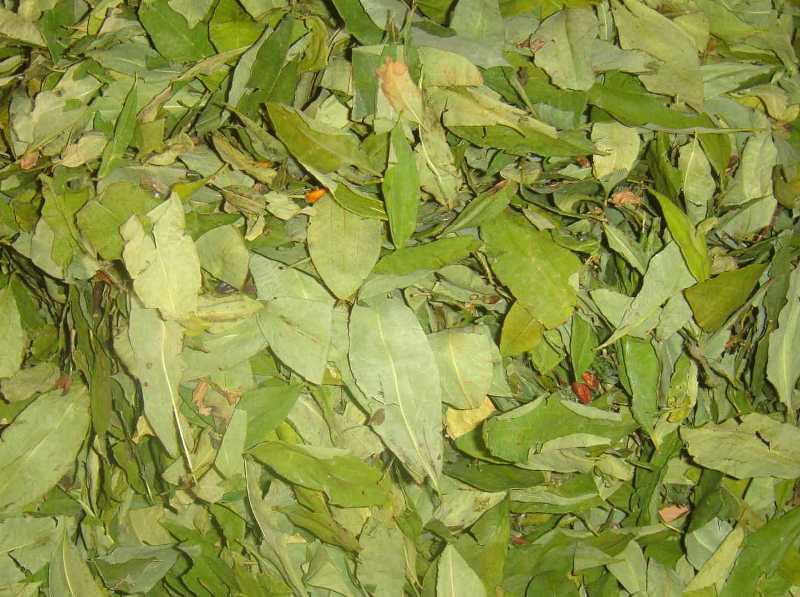In the realm of narcotics legislation, few plants provoke as much controversy as the coca plant, the source of cocaine and other derivatives. This exploration seeks to unravel the complexities surrounding the legality of coca leaves in the United States, scrutinizing the pertinent laws through the lens of cultural relativism. As we traverse this multifaceted subject, it is imperative to consider not only legal perspectives but also cultural implications and practices associated with coca leaves.
At the outset, it is critical to delineate what coca leaves are. Coca plants, predominantly found in South America, have been utilized for millennia by indigenous communities for their stimulating properties. The leaves are traditionally consumed in various forms—chewed, brewed in tea, or turned into a paste. These practices, steeped in cultural significance, often aim to alleviate altitude sickness, enhance endurance, and mitigate fatigue.
Contrastingly, the legality of coca leaves within the United States is decidedly restrictive. The Controlled Substances Act classifies coca leaves as a Schedule II substance. This designation implies that while the leaves have recognized medical benefits, their potential for abuse and dependency overshadows these advantages, classifying them alongside drugs such as cocaine and methamphetamine. Consequently, possession, sale, or distribution of coca leaves is illegal unless specific exceptions apply.
Yet, an inquiry into legality alone neglects the profound cultural considerations surrounding coca. To understand the American legal framework concerning coca leaves, one must confront the dichotomy between indigenous practices and contemporary regulations. The cultural relativism perspective posits that laws must be interpreted within the context of the culture from which they originate. In this regard, the consumption of coca leaves in Andean societies represents a tradition imbued with social and medicinal value, fundamentally at odds with the U.S.’s stringent drug laws.
Furthermore, the U.S. government has historically engaged in the demonization of coca and its derivatives. This can be traced back to international drug control treaties, such as the Single Convention on Narcotic Drugs of 1961. Although originally intended to curb the illegal drug trade, these treaties have, in practice, vilified indigenous practices. For instance, countries that partake in coca cultivation often face international scrutiny, impacting their trade relations and cultural autonomy. Membership in such international agreements implicitly pressures nations to conform to restrictive norms, thereby undermining their cultural practices.
Interestingly, one finds parallels with the use of other plants with psychoactive properties in various cultures. Take, for instance, the enlightened attitudes towards substances such as cannabis, which have rapidly evolved within many U.S. states. A cultural relativist approach necessitates examining why coca leaves, despite their entrenched historical use and potential benefits, remain stigmatized. Comparing the political and social landscapes surrounding coca and cannabis reveals much about the arbitrariness of drug laws, often influenced by cultural biases and historical narratives.
Culturally, the portrayal of coca leaves in the U.S. media further contributes to public misconception. They are often referenced solely in the context of drug enforcement, wherein the narrative underscores criminalization devoid of any mention of their cultural value. This one-dimensional view neglects the diverse meanings embodied by coca for indigenous populations, who regard it as a sacred plant, integral to their identity and social cohesion. By failing to recognize these narratives, U.S. policies ironically perpetuate the very issues they seek to eradicate—namely, addiction and socio-economic disparity.
Despite the legal constraints, several voices within the U.S. advocate for a nuanced understanding of coca. Some scholars and activists argue for the legalization of coca leaves, emphasizing their potential in promoting health and cultural awareness. They point to the distinctions between coca leaves and refined cocaine, which is associated with addiction. The potential medicinal applications of coca, such as its use in treating altitude sickness and its role in reducing pain, are often overlooked by policymakers absorbed in the issues surrounding its more infamous derivatives.
In light of ongoing discussions about drug reform, there is morsel of hope that the legal status of coca leaves may evolve. Changing societal attitudes towards drugs are prompting a reevaluation of existing laws. As more individuals ally themselves with indigenous rights movements and advocate for cultural preservation, the conversation around coca leaves may shift to encompass these broader contexts. Indeed, recognizing the duality of coca as both a sacred plant and a controlled substance is paramount for a more comprehensive understanding of drug policy in the United States.
In conclusion, the question of whether coca leaves are illegal in the U.S. is multilayered, necessitating an examination that transcends mere legalese. This issue embodies a cultural conundrum, intertwining the threads of history, tradition, and contemporary legal frameworks. Engaging with coca leaves through the prism of cultural relativism compels us to question the fairness and efficacy of current drug laws, while also advocating for a more equitable discourse that respects diverse cultural practices. As the need for reform continues to resonate within society, the legal status of coca leaves remains a dynamic topic that merits thoughtful consideration.
